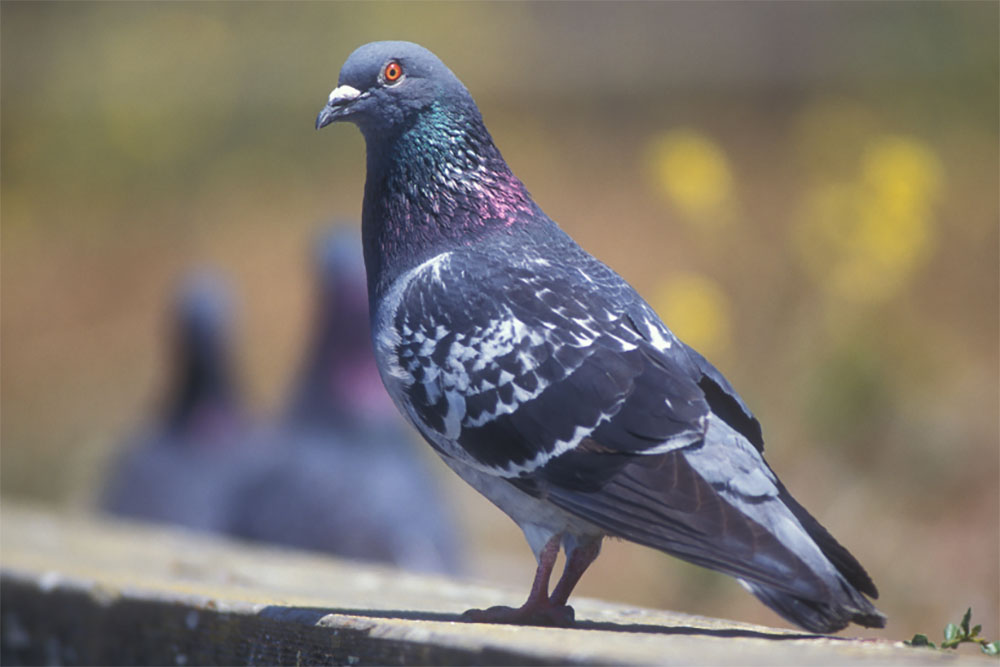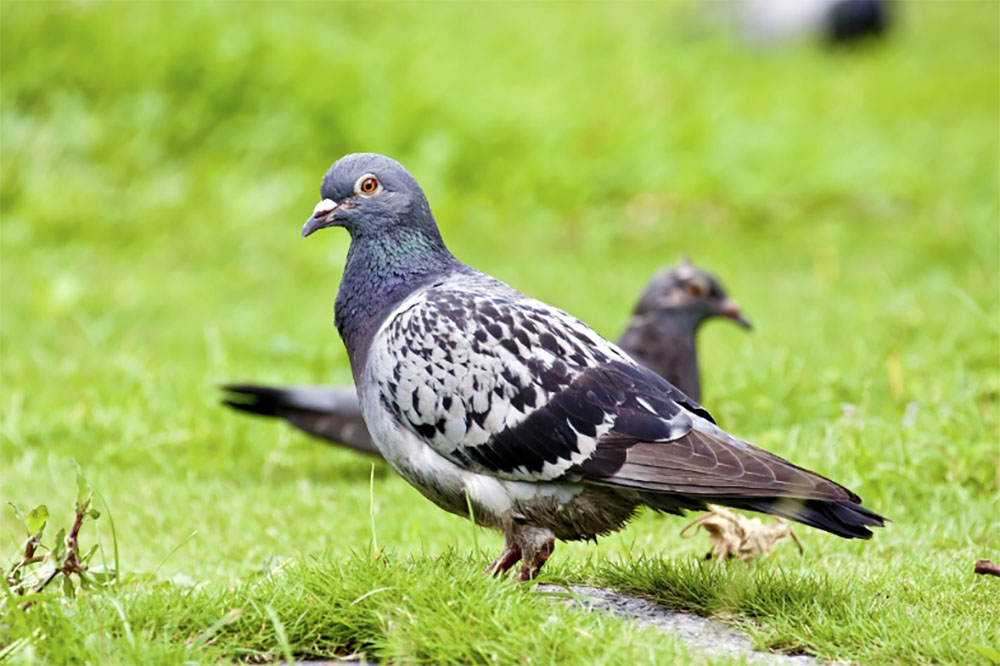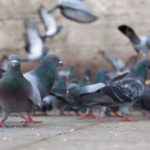If this is a question that has ever crossed your mind, you’ve arrived at the right place!
When it comes to different species of birds and their collective nouns, there are many that we have been made familiar with from a young age: for example, we know that male chickens are called ‘cockerels’, and females are called ‘hens’.
We know that a group of chickens is called a ‘brood’ or a ‘peep’.
This is something that most of us were taught from a young age, stemming back to our early school days, and it’s now become part of the random knowledge that we continue to carry with us many years later.
But, what about pigeons? More specifically, what would we call a female pigeon?

Continue reading, and we will find the answer together.
Let’s get into it!
A Female Pigeon
So, you may be surprised to discover that a female pigeon is also called a ‘hen’.
When they are less than a year old, a female pigeon is known as a ‘young hen’, and once they have fully matured and reached a year old, they are known as ‘old hens’.
This can be pretty easy to remember, as we already knew that female chickens are called ‘hens’, making it easier to stick in our minds rather than discovering a completely new term.
In fact, the majority of female birds are actually known as ‘hens’! This term is used for female penguins, crows, robins, and many, many more.
Similarly, most species of male birds are also known as ‘cocks’.
This certainly makes it easier for us to remember, knowing that most birds go by the same collective nouns for their genders.
The Difference Between Male And Female Pigeons
Next up, you may be wondering, ‘what even is the difference between a male and a female pigeon?’.
Well, if you were to spot two pigeons perched on a wall, one being male and the other being female, it may be a fairly difficult job for you, being able to tell which one is which.

This is due to both adult male and female pigeons growing to, roughly, the exact same size once they reach maturity: males may grow a little larger than females, but not by a considerable, noticable amount.
The full growth that a male will reach in their adulthood is up to 13.6 inches, while a female should reach 12.8 inches.
Unless you are extremely close to the birds, it can be almost impossible to make the distinction.
Male pigeons are known to be more hostile than females, due to their masculine hormones, but that isn’t really enough to be able to tell the difference, as anyone who has ever seen a pigeon in the flesh knows that they all have the potential to act a little aggressive and overly-confident in the presence of humans, such as ourselves.
The most obvious difference between them is one that is the hardest to visually pick up on, as it cannot be seen: of course, females have a female reproductive system, meaning that they produce the eggs, and the males do not.
However, once the eggs have been laid, both the male and female will take turns to incubate them: the females tend to do this during the mornings and afternoons, while the males will take the night shift.
So, if you happen to spot a pigeon incubating an egg during the daylight, you are most likely looking at a hen.
One more difference is that the male’s hip bones are closer together, almost touching, while the female will have a wider pectoral girdle.






